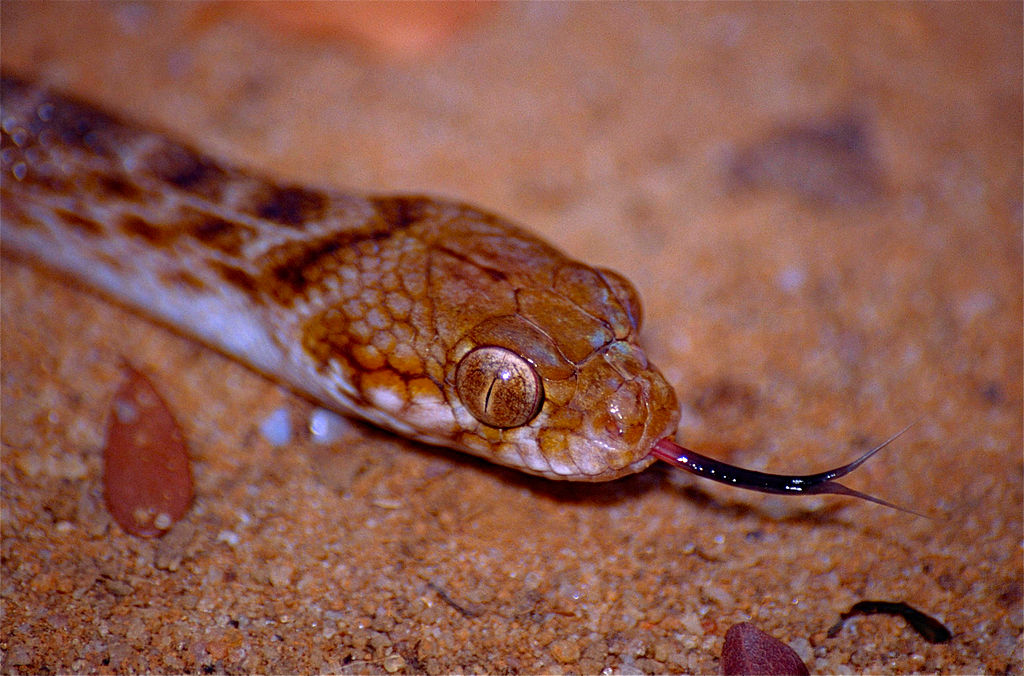Snakes are fascinating creatures known for their territorial behaviors and attachment to familiar surroundings. While many snake species establish and maintain specific home ranges throughout their lives, certain circumstances can prompt these reptiles to abandon their established territories. Understanding these situations provides insight into snake behavior and ecology, helping both wildlife enthusiasts and those living in snake-inhabited areas better comprehend these misunderstood animals. This article explores five significant scenarios that might cause a snake to leave its home range, highlighting the complex environmental and biological factors that influence snake movement patterns.
Environmental Changes and Habitat Destruction
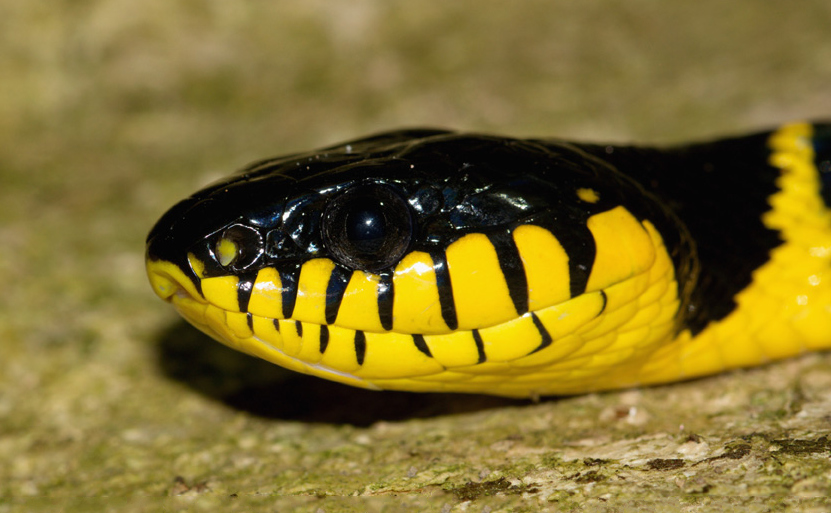
One of the most common reasons snakes abandon their established territories is significant environmental change, particularly habitat destruction. When humans clear forests, drain wetlands, or develop land for agriculture or housing, snakes lose the microhabitats that provide shelter, hunting grounds, and thermoregulation opportunities. Research has shown that even partial habitat alterations can disrupt a snake’s ability to find suitable hiding spots, forcing them to relocate to more favorable areas. These disruptions may include removal of rock piles, fallen logs, or dense vegetation that snakes rely on for cover and temperature regulation. Additionally, these changes often impact prey populations, further diminishing the habitat’s suitability and compelling snakes to seek new hunting territories where food sources remain plentiful.
Seasonal Migration for Reproduction
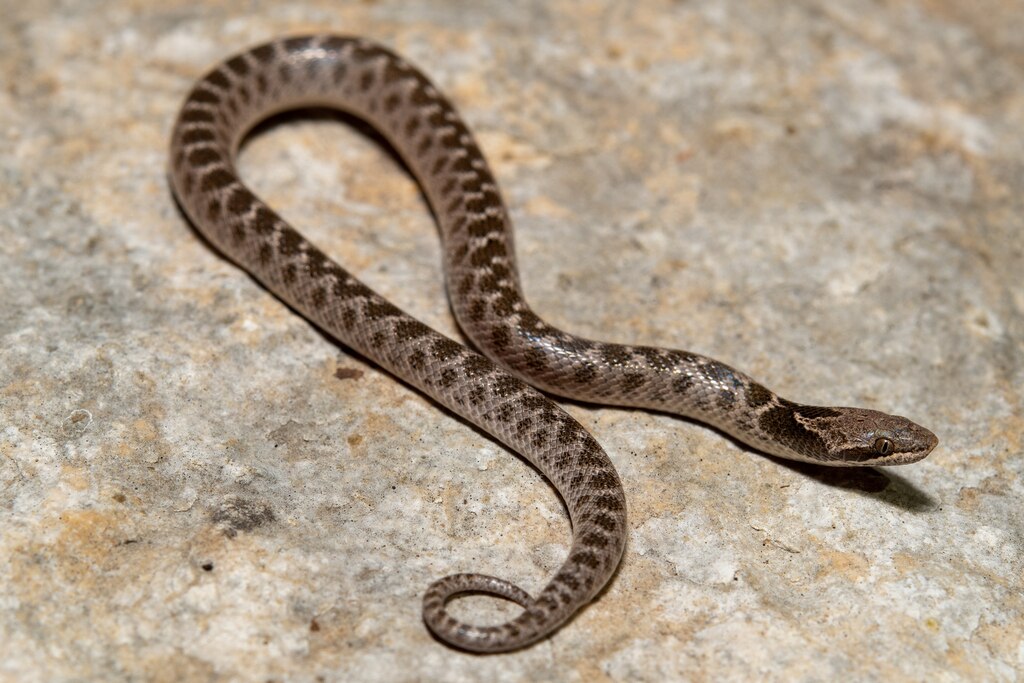
Many snake species temporarily leave their regular home ranges during breeding seasons, embarking on reproductive migrations that can span considerable distances. Male snakes are particularly prone to these journeys as they actively search for receptive females, sometimes traveling several miles beyond their usual territories. For instance, male timber rattlesnakes have been documented traveling up to 2.5 miles from their den sites during mating season, significantly expanding their normal range. Female snakes may also relocate to find optimal nesting sites with appropriate temperature, humidity, and protection from predators. These reproductive migrations are typically seasonal patterns rather than permanent abandonment, with snakes often returning to their original territories after mating or egg-laying has been completed.
Predator Pressure and Threats
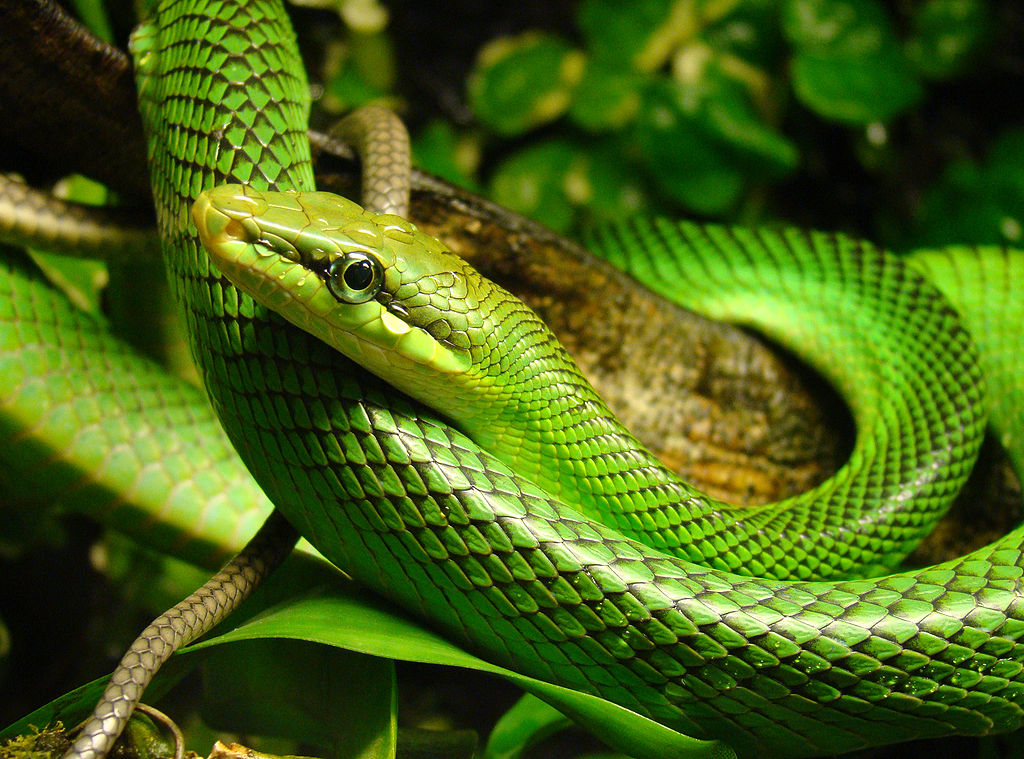
Persistent predator pressure represents another compelling reason for snakes to abandon their established home ranges. When predators such as birds of prey, larger snakes, or mammals like foxes and coyotes establish hunting patterns in a snake’s territory, the risk of predation increases significantly. Research has shown that snakes can detect chemical cues from predators and may actively avoid areas where these signals are concentrated. In suburban environments, domestic pets like cats and dogs can create similar pressure, causing snakes to relocate to areas with fewer threats. Additionally, repeated human disturbances or harassment, while not predation in the traditional sense, can create sufficient stress to drive snakes away from otherwise suitable habitats, particularly for species with lower tolerance for human activity.
Resource Depletion and Food Scarcity

Snakes are opportunistic predators that rely on consistent prey availability within their territories, and significant changes in food resources can trigger relocation. When prey populations crash due to disease, human intervention, or natural fluctuations, snakes may be forced to abandon their established ranges in search of more productive hunting grounds. This behavior is particularly evident during drought conditions when small mammals, amphibians, and other prey species become scarce or alter their own activity patterns. Herpetologists have observed that during such periods, snake movement increases dramatically as they expand their search radius for food. For some species, like rat snakes or garter snakes that specialize in specific prey types, the disappearance of their preferred food source can make an otherwise suitable habitat untenable, necessitating a complete territory shift.
Extreme Weather Events and Climate Change

Extreme weather events and changing climate patterns increasingly force snakes to abandon previously stable territories. Floods can submerge snake habitats for extended periods, eliminating access to crucial hibernation sites or destroying underground refuge areas. Prolonged droughts may alter vegetation patterns and reduce water availability, making habitats inhospitable even for desert-adapted species. Research tracking snake movements following hurricanes and wildfires has documented significant displacement as these reptiles search for new territories with appropriate microhabitat conditions. Climate change is exacerbating these effects, with shifting temperature patterns altering the suitability of traditional snake habitats and forcing range adjustments. Some species now face the challenge of moving to higher elevations or latitudes as their historic ranges become too warm or dry for successful reproduction and survival.
Competition with Other Snakes

Interspecific and intraspecific competition can drive snakes from their established territories when resources become insufficient to support multiple individuals. When population densities increase, either through successful reproduction or displacement from other areas, competition for limited resources intensifies. Larger or more aggressive snakes often displace smaller individuals from prime habitat featuring abundant prey, suitable shelter, and optimal basking sites. Research has documented hierarchical behaviors in some communally denning species, where dominant individuals may force subordinates to utilize marginal habitats or disperse entirely. This competition becomes particularly acute during periods of resource scarcity, when territories that might support multiple snakes during abundant times can no longer sustain the same population density.
Seasonal Denning Requirements

In temperate regions, many snake species must locate suitable overwintering sites that protect them from freezing temperatures, a requirement that often necessitates leaving summer territories. These hibernacula—typically deep rock crevices, mammal burrows, or other structures that extend below the frost line—may be located considerable distances from a snake’s warm-weather hunting grounds. Species like timber rattlesnakes, garter snakes, and copperheads are known to travel several miles between summer ranges and winter dens, following established migration corridors each year. The limited availability of suitable hibernation sites in many landscapes means snakes must abandon their preferred summer territories when temperatures drop. This seasonal migration pattern represents a temporary but critical abandonment of established home ranges, with snakes often showing remarkable fidelity to both summer and winter locations across multiple years.
Human Removal and Relocation

Direct human intervention represents a significant cause of snake displacement, particularly in suburban and rural residential areas. When homeowners discover snakes on their properties, many respond by capturing and relocating the animals, often transporting them considerable distances from their capture sites. Wildlife management agencies and pest control companies also conduct formal relocations, particularly for venomous species considered dangerous to humans. Research examining the success of these relocations shows mixed results, with many snakes attempting to return to their original territories despite significant distances and obstacles. Studies using radio telemetry have documented increased mortality in relocated snakes as they navigate unfamiliar terrain with unknown predator populations and uncertain food resources.
Disease and Parasites
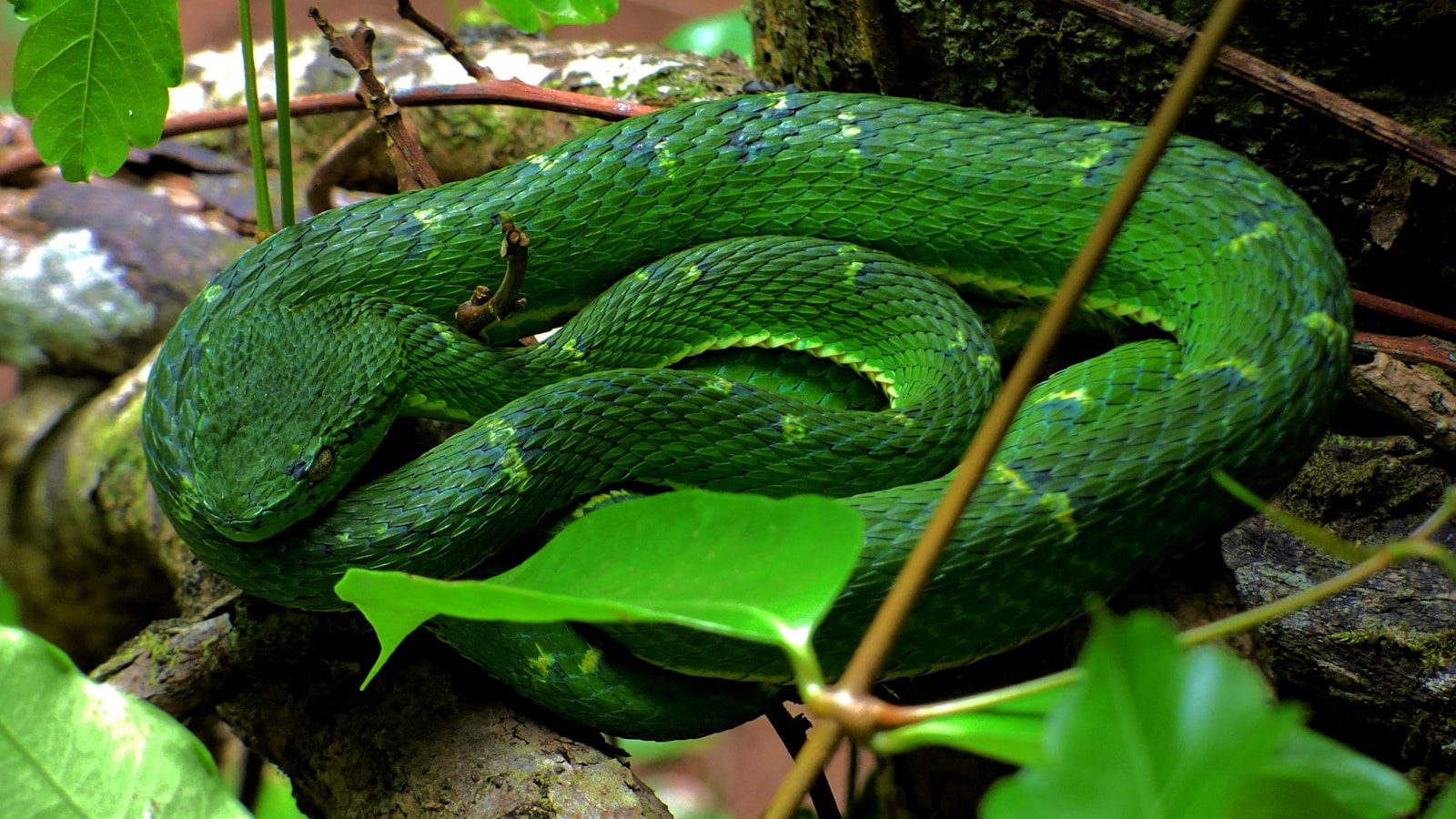
Diseases and parasite infestations can sometimes force snakes to abandon otherwise suitable territories when these health challenges are associated with specific habitats. Snake fungal disease, an emerging pathogen affecting various snake species in North America, can be contracted from spores present in soil or water sources within a snake’s territory. Heavy tick or mite infestations may be linked to particular microhabitats where these ectoparasites thrive, potentially driving snakes to seek cleaner environments. Internal parasites transmitted through prey species concentrated in specific areas might similarly motivate habitat shifts. While research specifically linking disease to territory abandonment remains limited, wildlife rehabilitators and field biologists have observed that severely affected individuals often appear in atypical habitats, suggesting possible displacement from their normal ranges as their condition deteriorates.
Water Source Changes

Alterations to water availability can dramatically impact a snake’s decision to remain in or leave an established territory, particularly for semi-aquatic species. When ponds, streams, or wetlands dry up during drought conditions, water-dependent species like water snakes (Nerodia) must relocate to find suitable hunting grounds and hydration. Conversely, permanent flooding or changes in water quality due to pollution or saltwater intrusion can render previously ideal habitats unsuitable. Even terrestrial snake species that don’t hunt in water often establish territories near reliable water sources for hydration, especially in arid environments. Human activities like dam construction, irrigation projects, or groundwater pumping that alter hydrological patterns across landscapes frequently force snakes to abandon long-established territories as they search for new habitats with appropriate moisture conditions.
Mating Failures and Territory Quality

Repeated mating failures may trigger territory abandonment in some snake species, particularly when these failures indicate poor habitat quality. Male snakes that fail to encounter females during consecutive breeding seasons may eventually interpret this as evidence that their territory is suboptimal for reproductive success. Female snakes that experience egg or embryo mortality due to unsuitable incubation conditions—perhaps from soil that’s too dry, too wet, or lacks appropriate temperature stability—may abandon these territories in subsequent seasons. Research in behavioral ecology suggests that reproductive success represents a powerful factor in habitat selection for many vertebrates, including snakes. This behavior demonstrates the complex decision-making processes these reptiles employ when evaluating territory quality, with reproductive potential serving as a critical metric in these assessments.
Post-Shedding Dispersal
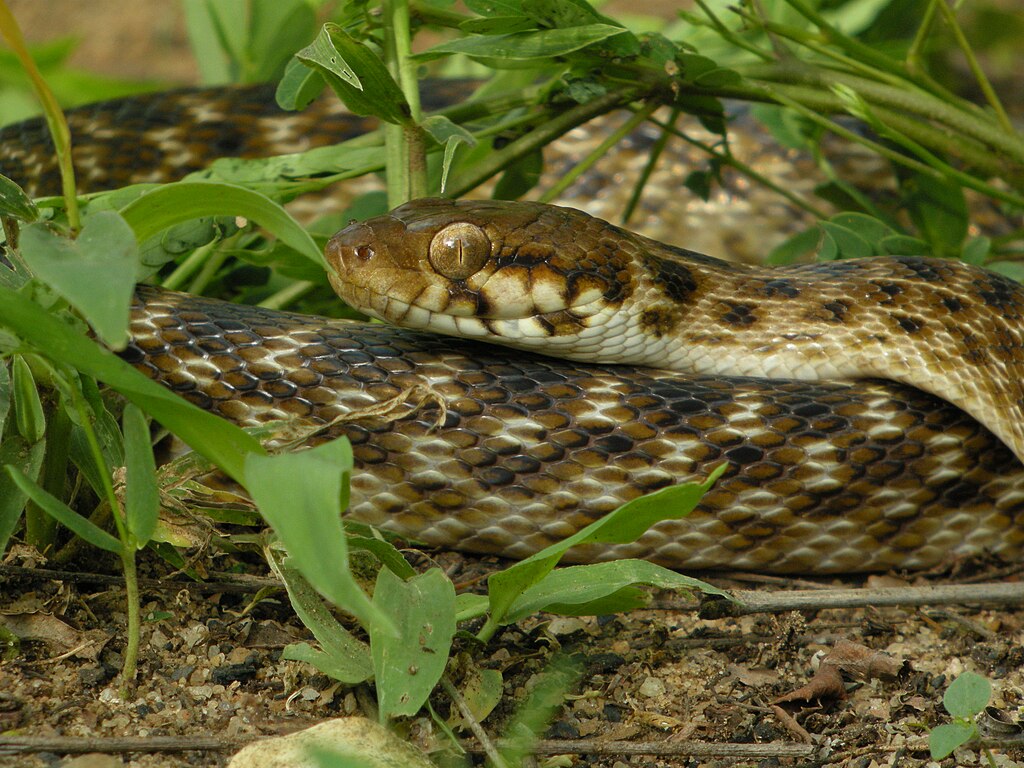
Some snake species exhibit increased movement and potential territory shifts following the shedding of their skin, a phenomenon that researchers believe might be linked to changes in sensory perception. The renewal of the skin, including specialized sensory scales, potentially provides the snake with enhanced chemical detection abilities that might reveal new opportunities or threats not previously recognized. Young snakes in particular often disperse after their first several sheds, gradually establishing larger territories as they grow and develop. This behavior appears most common in recently matured individuals that may be transitioning from juvenile to adult territories as their ecological needs evolve. While not all post-shedding movements result in permanent home range abandonment, this period of enhanced mobility and exploration increases the likelihood of territory shifts, particularly when combined with other motivating factors like resource availability or competitive pressure.
Conclusion

Snake movement patterns and territory fidelity demonstrate the remarkable adaptability of these reptiles in response to changing environmental conditions. While many snakes show strong attachment to familiar ranges, the five situations outlined above—environmental destruction, reproductive needs, predator pressure, resource depletion, and extreme weather events—highlight the complex decision-making processes these animals employ when evaluating habitat suitability. Understanding these patterns can help conservation efforts by identifying critical habitat features that promote snake retention and population stability. For homeowners and land managers, this knowledge offers insight into why snakes might suddenly appear in new areas and how human activities might inadvertently drive snake displacement. As climate change and habitat fragmentation increasingly impact wildlife worldwide, the factors influencing snake territory abandonment will likely become even more significant in predicting and managing human-snake interactions.

